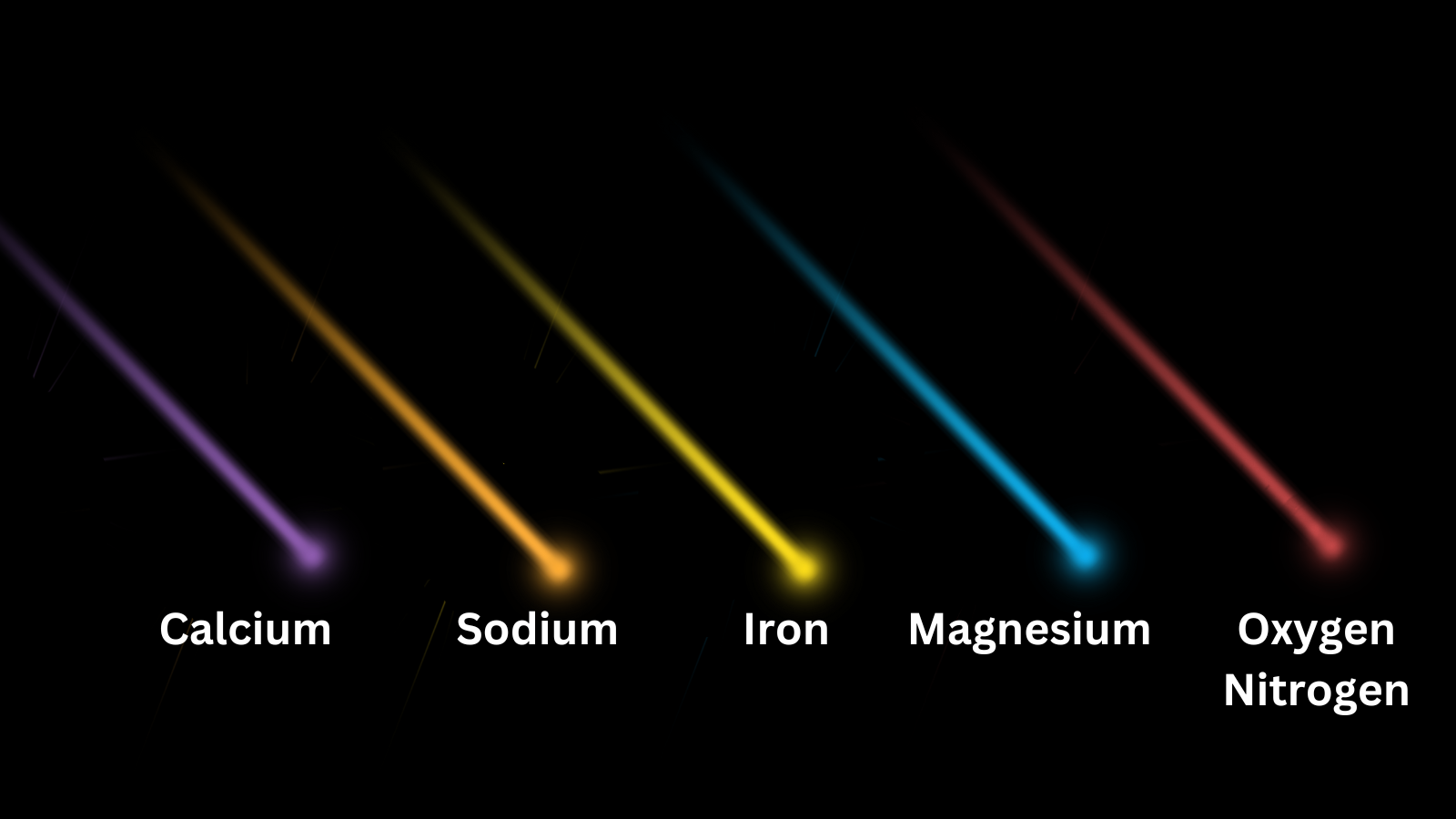The Internet is filled with footage of a meteor speeding across the night sky over Portugal and Spain, lighting up the sky in a blue-green fireball.
The meteorite was confirmed by European Space Agency (ESA), which captured the fireball with its cameras in Cáceres, Spain, at 6:46 PM EDT (22:46 UTC) on Saturday (May 18). The European Space Agency confirmed that the fireball was a piece of a comet that shot over Spain and Portugal, traveling at about 100,000 miles per hour, or about 65 times faster than the top speed of a Lockheed Martin F-16 fighter jet. The European Space Agency added that the meteorite likely burned up over the Atlantic Ocean at an altitude of about 38 miles (60 kilometers) above Earth.
Social media users took to X, Facebook and Reddit in their thousands to discuss the bright fireball and share stunning photos and videos.
Related: Meteorites from asteroid 2024 Bx1, which just hit Earth, may be very rare space rocks
The European Space Agency wrote on its website X feed “ESA’s Fireball Camera in Cáceres, Spain, spotted this amazing meteorite last night! Our Planetary Defense Office is currently analyzing the size and trajectory of the object to assess the chance of any material reaching the surface.”
☄️😍 ESA’s Fireball Camera in Cáceres, Spain, spotted this amazing meteorite last night! Our Planetary Defense Office is currently analyzing the size and trajectory of the object to assess the likelihood of any material reaching the surface. Image source: ESA/PDO/ AMS82 – AllSky7 pic.twitter.com/gSU4unncQWMay 19, 2024
User Sharing stunning footage of the meteor on his personal page, he wrote: “This is crazy. Early reports claim that the blue flash can be seen hurtling across the night sky for hundreds of kilometres. At the moment, it has not been confirmed whether it hit the sky or not.” The surface of the Earth, but some reports say it may have fallen near the town of Castro Dire, and other reports say it was closer to Pinheiro.
JUST IN: A meteorite was spotted in the skies of Spain and Portugal. This is madness. Early reports claim that a blue flash could be seen hurtling across the night sky for hundreds of kilometres. At the moment, it has not been confirmed whether it hit the sky or not. Earth’s surface but some… pic.twitter.com/PNMs2CDkW9May 19, 2024
News and media organization Nova Portugal also shared footage of the fireball taken from various locations.
“A meteor lit up the Portuguese sky bright blue yesterday evening, surprising residents who were outside at the time of its passage. Thousands of Portuguese shared their reactions to the event on social networks.”
#Event: A meteor lights up the sky of Portugal 🇵🇹 from a glowing blue here to surprise residents who find them outside the moment they pass by. Millions of Portuguese shared their reactions to the event on social networks. pic.twitter.com/OE4HUCUr3FMay 19, 2024
“Shooting stars” like these are pieces of material that break off from larger objects such as asteroids, comets, the Moon or even other planets and enter Earth’s atmosphere at high speeds. The friction experienced by these fragments called meteoroids (the name they are given when they are in space) causes them to glow brightly, becoming meteors for a few brief seconds as they shoot through the atmosphere, creating a glowing trail.
About 90% to 95% of the interstellar matter that makes its way to Earth this way does not last long enough to reach Earth. If a meteorite reaches Earth, it is usually in the form of dust or very small particles and is called a meteorite.
Just as different chemical elements are used to produce fireworks of different colors, the color of this fireball indicates its chemical composition.
The bright blue/green flash of the fireball indicates the burning of magnesium. One type of meteorite known to contain magnesium is plasite, which contains large, olive-green crystals that are a form of iron-magnesium silicate called olivine.
Although the origins of palalacite are somewhat mysterious, scientists believe it could form when asteroids melt, with denser material sinking into their cores. Pallasites can come from the boundary between an asteroid’s mineral core and its silicate- and olivine-rich mantle.
If that’s the case, pallasites could teach scientists a lot about how rocky planets like Earth formed in the solar system about 4.5 billion years ago.
Of course, it’s not yet confirmed that this meteorite is a pallasite, and scientists don’t know if any of it actually made it to Earth, although the European Space Agency says the possibility of that is slim at best.
There is no doubt that the explosion of this fireball over Portugal and Spain will keep meteorite hunters busy at least in the coming days as they search for fragments that could reach solid Earth.

“Beer aficionado. Gamer. Alcohol fanatic. Evil food trailblazer. Avid bacon maven.”

